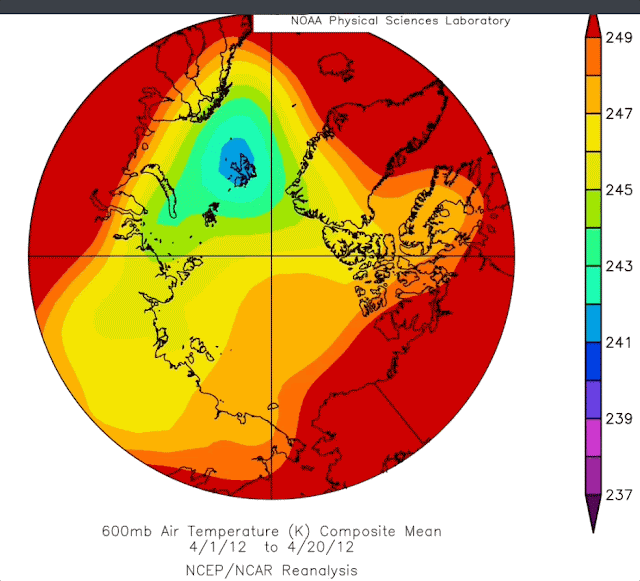~Hi, nice to be back after a little break
~ I did not expect 2021 Arctic sea ice minima to be greatly shattering 2012 record because of North Pacific in origin clouds.
~Summer 2021 clouds were even more extensive than expected since even the Atlantic sea surface temperatures were extremely warm as well.
~ With these overheating North seas, there was no way for an expansive prolonged sea ice exposure to summer sunshine.
~Yet this was a terrible year for sea ice nevertheless, despite 11th place historical finish, the remainder ice seen streaming through Arctic Archipelago Straits were never observed so thinned, demolished, emaciated and flattened.
2021 sea ice minima was a good 1.4 million square kilometers shy of 2012, failing 2020 2nd place as well. But there is a difference between these years, and it was cloud pervasiveness, which persisted and continues till this day going back to June. There is also quite compelling piece of evidence of sea ice extent being near all time lowest at present, in summary: no recovery at all is at play, rather a form of heat embedding through different means. Clouds during Arctic summer make it cooler, but come fall if continued, flip autumn temperatures much warmer:
NOAA 30 day surface temperature anomaly says it all, the Canadian Archipelago average temperatures are hovering between 10 to 20 C above normal. This does not stem from much more minima sea ice, but from a warmer Arctic Ocean which has not melted completely because of extensive cloud cover, end of summer clouds saved the ice but did not foster rather stymied a cooling rebound.
Extra wide areas of extreme warm sst's for both North Atlantic and Pacific are the prime source of world wide heat injections particularly by water vapor, a potent greenhouse gas, which adds to the others us humans tend to dump in the air.
Next reports will cover the emaciated looks of surviving multi year ice, why Siberia is now the last refuge of winter buildup and a retrospective of 2012 minima, which was baked in the spring well before summer solstice sun. wd October 21 2021














